Day 6 Afternoon Panga Ride: Punta Moreno, Isabela
|
This bird-scape line-up of Galapagos Penguins was photographed with the hand held Canon EF 70-200mm f/2.8L IS II lens (at 120mm) and the Canon EOS-1D X. ISO 400. Evaluative metering -1 stop to keep from burning the white breasts of the penguins: 1/640 sec. at f/9 in Manual mode. Central sensor/AI Servo Surround/Rear Focus AF on the left hand penguin and re-compose. With the zodiac hard on a rock and the subjects way off center I was fine here re-composing after focusing. Click here if you missed the Rear Focus Tutorial. Click on the image to see a larger version. |
Galapagos Penguin
On most Galapagos Photo-Cruises we usually have 3-4 good chances with the penguins, always from the zodiacs. On this year’s trip we had only one rally good chance at the world’s only tropical penguin species. But it was a very good session. In a blog post when I get back from Africa I will share the obvious close-up image of the three amigos, a better image by Denise Ippolito, and the very important lesson that I learned.
|
This image was created with a vertical crop of a horizontal original that was made with the hand held Canon EF 200-400mm f/4L IS USM Lens with Internal 1.4x Extender (with the TC in place at 280mm) and the Canon EOS-1D X. ISO 400. Evaluative metering -2/3 stop: 1/640 sec. at f/9 in Manual mode. One sensor below and five sensors to the left of the central sensor/AI Servo-Surround/Rear Focus AF on the right wing of the bird on the left active at the moment of exposure. Click here if you missed the Rear Focus Tutorial. Click on the image to see a larger version. |
The Best Option?
The image above was a crop from a horizontal original that included two penguins, the bird in the image above and a young penguin to our right. The younger bird was several inches closer than the adult. Had I focused on the immature penguin and went to a smaller aperture there is a chance that I could have rendered both sharply. I would have had to raise the ISO to at least 800 to maintain a decent shutter speed . The problem is that I would have brought up unwanted detail in the background.
Study the shooting data and let me know what you think would have been the best option. I will be sure to respond when I get back from Africa.
|
This white sky Flightless Cormorant silhouette was created with the hand held Canon EF 200-400mm f/4L IS USM Lens with Internal 1.4x Extender (with the TC in place at 560mm) and the Canon EOS-1D X. ISO 800. Evaluative metering -2/3 stop: 1/3200 sec. at f/10 in Av mode. Central sensor/AI Servo-Surround/Rear Focus AF on the bird’s upper breast active at the moment of exposure. Click here if you missed the Rear Focus Tutorial. Click on the image to see a larger version. |
White Sky Silhouettes
We were in the right place at the right time but there was no color in the sky. As this image was made more than 30 minutes before sunrise the only option was to go white sky silhouette. To line up with the brightest portion of the sky I and several others sat on the floor of the zodiac. Attaining focus in situations like this is often difficult so it is best to go with the central censor as it will always be more responsive than any of the outer sensors. Be sure to place the active sensor on an edge of the bird; if you try to focus on the center of the bird’s breast there simply will not be enough contrast for the AF system to work. I will share a white sky silhouette image processing tip with you in a future blog post.
The Flightless Cormorant here was drying its wings in the soon to be setting sun. A small crop from the right and below yielded a pleasing composition.
|
The image above was also created with the hand held Canon EF 200-400mm f/4L IS USM Lens with Internal 1.4x Extender (with the TC in place at 560mm) and the Canon EOS-1D X. ISO 400. Evaluative metering -2 stops: 1/3200 sec. at f/10 in Av mode. Two sensors to the right of the central sensor/AI Servo-Surround/Rear Focus AF on the center of the sea lion’s upper back active at the moment of exposure. I acquired AF with the active sensor group on the edge of the animal’s back and was lucky that AF held as my position shifted. Click here if you missed the Rear Focus Tutorial. Click on the image to see a larger version. |
The Crop and a White Sky Image Optimization Tip
The subject here is a Galapagos Sea Lion. Again, a small crop from the right and below yielded a pleasing composition.
Here is a great new white sky silhouette image processing tip:
Open a Levels Adjustment layer.
Hold down the Alt key down and move the Shadow slider to the right just until the silhouetted subject turns totally black.
Hold down the Alt key down and move the Highlight slider to the left just until the background turns totally white.
If you follow the above directions explicitly you will avoid the banding and artifacting in the background that usually plagues white sky silhouetted images. The trick is not to pull the sliders past the point where the area you are working on turns totally black or white. You can try the same technique with sunrise and sunset silhouettes.
See the educational screen capture immediately below to heighten your understanding of this technique.
|
Educational Screen Capture |
Strongest Image?
Please take a moment to leave a comment and let us know which of the four images above is your favorite. As always, let us know why.
On The Road Again
Please know that I will be traveling to and from the Africa for the Tanzania Photo Safari with Todd Gustafson leaving today, August 1 and back in the office on August 21. I will have extremely limited and very slow at best internet access so please do not e-mail me until I get back. Jim will be in the office every weekday to help you with your mail order purchases and Jen will be here handling IPT registrations. The blog will continue to be active as I have prepared a dozen interesting, brand new educational posts for you in advance for you to enjoy during my absence.
Please consider using our B&H, Amazon, and Borrow Lenses affiliate links for all of your major and minor purchases both photographic and household. If we carry something in the BAA Store that you need our very great preference would be that you purchase those items from us :).
If you have a gear, image processing, or other question please e-mail me after July 19th. You can reach Jim here via e-mail. You can reach Jennifer here via e-mail. Please type “JIM” or “JEN” respectively at the front of the Subject Line.
Welcome to Borrow Lenses.com/The Newest BIRDS AS ART Affiliate Sponsor
Renting a lens for a big trip or to learn if the lens if right for you has always been a great plan. On IPTs we have been renting big lenses for probably two decades. But our choices have been and are extremely limited and we never have any Nikon lenses to rent. Borrow Lenses, US-based in San Carlos, CA, is a first class outfit that carries a huge selection of the latest greatest camera, video, audio, lighting, computer, and photography gear. All can be rented for a reasonable fee and delivered to your location with or without insurance.
Please consider supporting our efforts here and with our free BAA Bulletins by renting from Borrow Lenses when the need arises. Click on the banner below to open a whole new world.

Bucket List?
If visiting the Galapagos is on your bucket list and you are a happy camper who is serious about joining us on our July 2015 trip, please shoot me an e-mail and ask to be placed on the interested list. There simply is no better Galapagos Photo Tour.
Typos
On all blog posts, feel free to e-mail or leave a comment regarding any typos, wrong words, misspellings, omissions, or grammatical errors. Just be right.
Support the BAA Blog. Support the BAA Bulletins: Shop B&H here!
We want and need to keep providing you with the latest free information, photography and Photoshop lessons, and all manner of related information. Show your appreciation by making your purchases immediately after clicking on any of our B&H or Amazon Affiliate links in this blog post. Remember, B&H ain’t just photography!




Support the Blog


Amazon
Everyone buys something from Amazon, be it a big lens or deodorant. Support the blog by starting your search by starting your search by clicking on the logo-link below. No purchase is too small to be appreciated; they all add up. Why make it a habit? Because I make it a habit of bringing you new images and information on an almost daily basis.
And from the BAA On-line Store:
LensCoats. I have a LensCoat on each of my big lenses to protect them from nicks and thus increase their re-sales value. All my big lens LensCoat stuff is in Hardwood Snow pattern.
LegCoat Tripod Leg Covers. I have four tripods active and each has a Hardwood Snow LegCoat on it to help prevent further damage to my tender shoulders 
Gitzo GT3532 LS CF Tripod. This one replaces the GT3530LS Tripod and will last you a lifetime. Learn more about this great tripod here.
Mongoose M3.6 Tripod Head. Right now this is the best tripod head around for use with lenses that weigh less than 9 pounds. For heavier lenses, check out the Wimberley V2 head.
Double Bubble Level. You will find one in my camera’s hot shoe whenever I am not using flash.
The Lens Align Mark II. I use the Lens Align Mark II pretty much religiously to micro-adjust all of my gear an average of once a month and always before a major trip. Enjoy our free comprehensive tutorial here.
BreezeBrowser. I do not see how any digital photographer can exist without this program.
Delkin Flash Cards. I use and depend on Delkin compact Flash Cards and card readers most every day. Learn more about their great 700X and 1000X cards here or about my favorite Delkin card here.

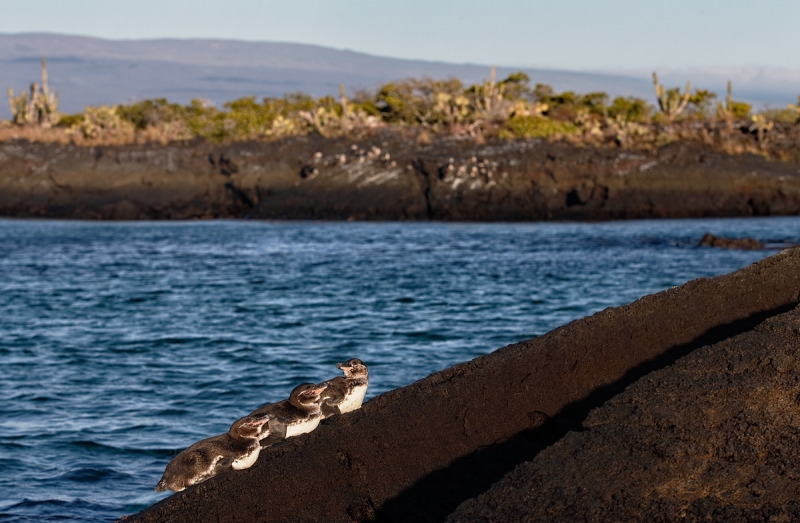
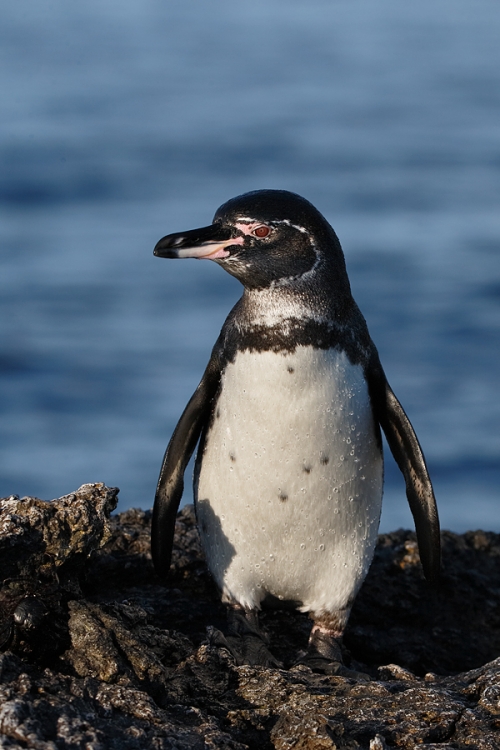
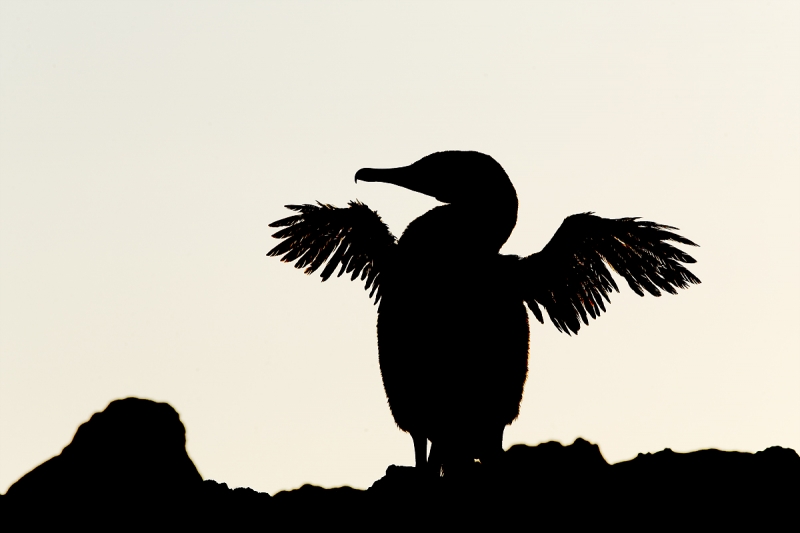
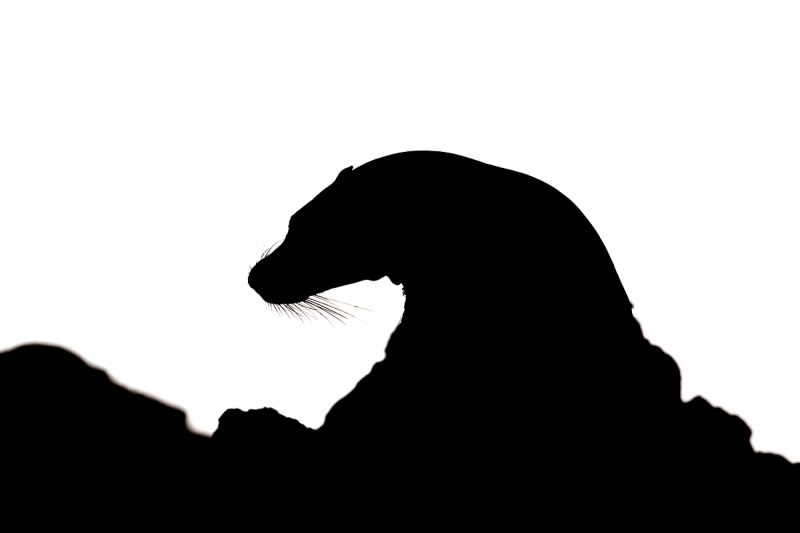
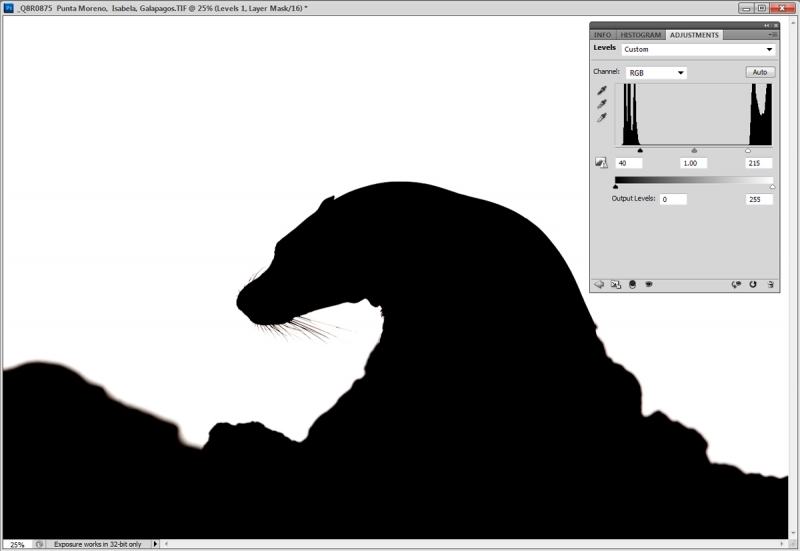













Thanks for your kind words Marcus.
artie
I rented a canon 500 lens from borrowlens for my last Africa trip. They’re great and easy to work with. I’ve used them several times. Shipped right to your door, with return shipping included.
Mike from CT
Thanks for your endorsement. I am hoping that everyone who enjoys the blog will use our link for future rentals.
My favorite image is the Flightless Cormorant. It looks as if it was a giant bird standing on a mountain range.
The seal looks also great.
Thanks for regularly posting something worth learning. Your blog is definitely the best when it comes to bird photography.
Markus